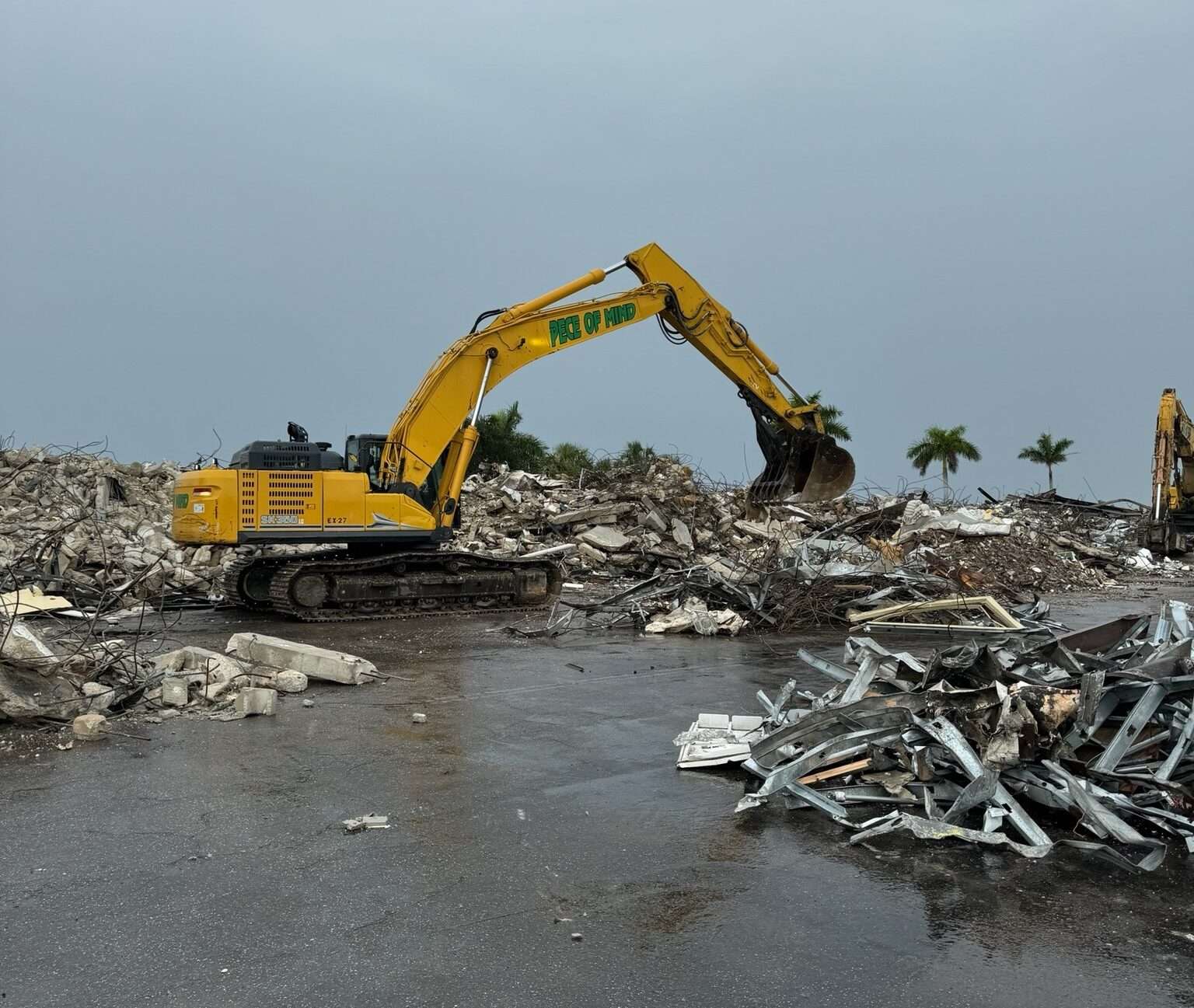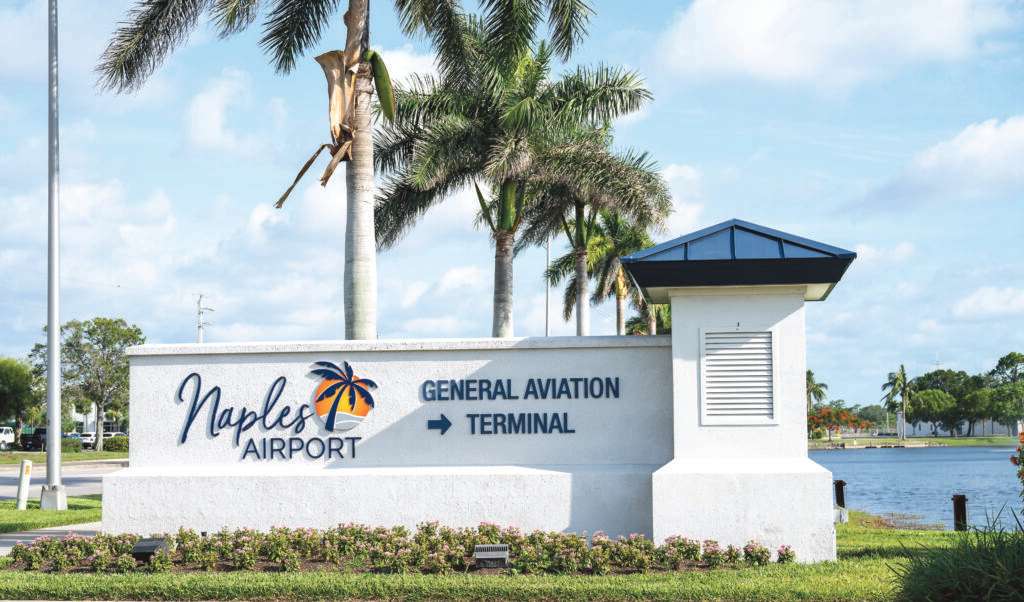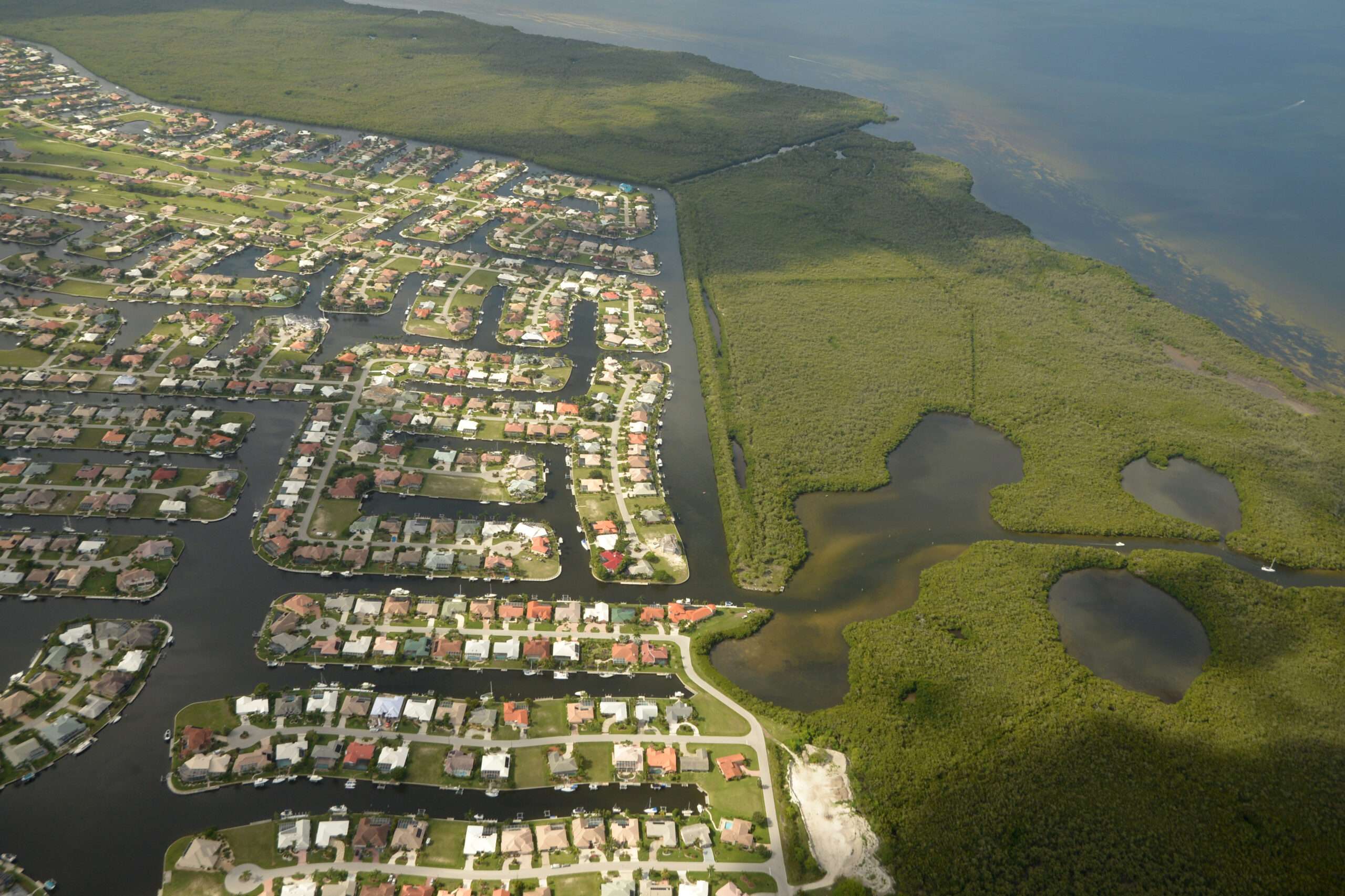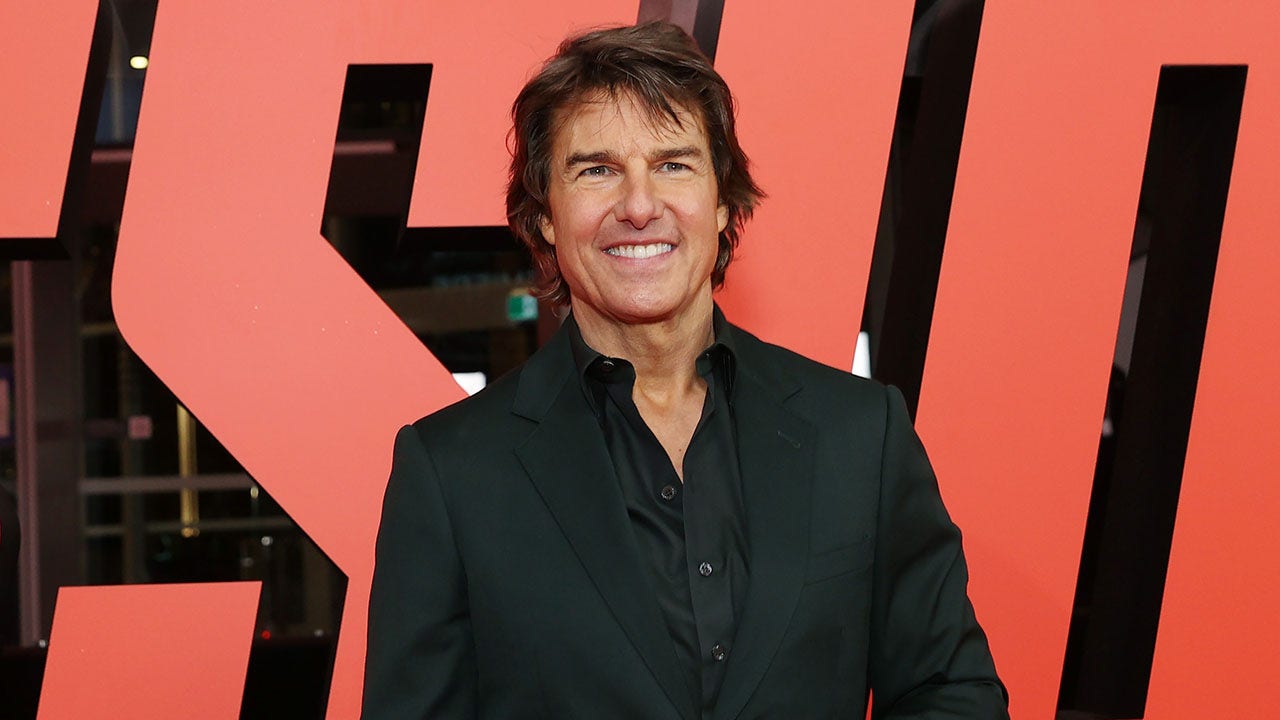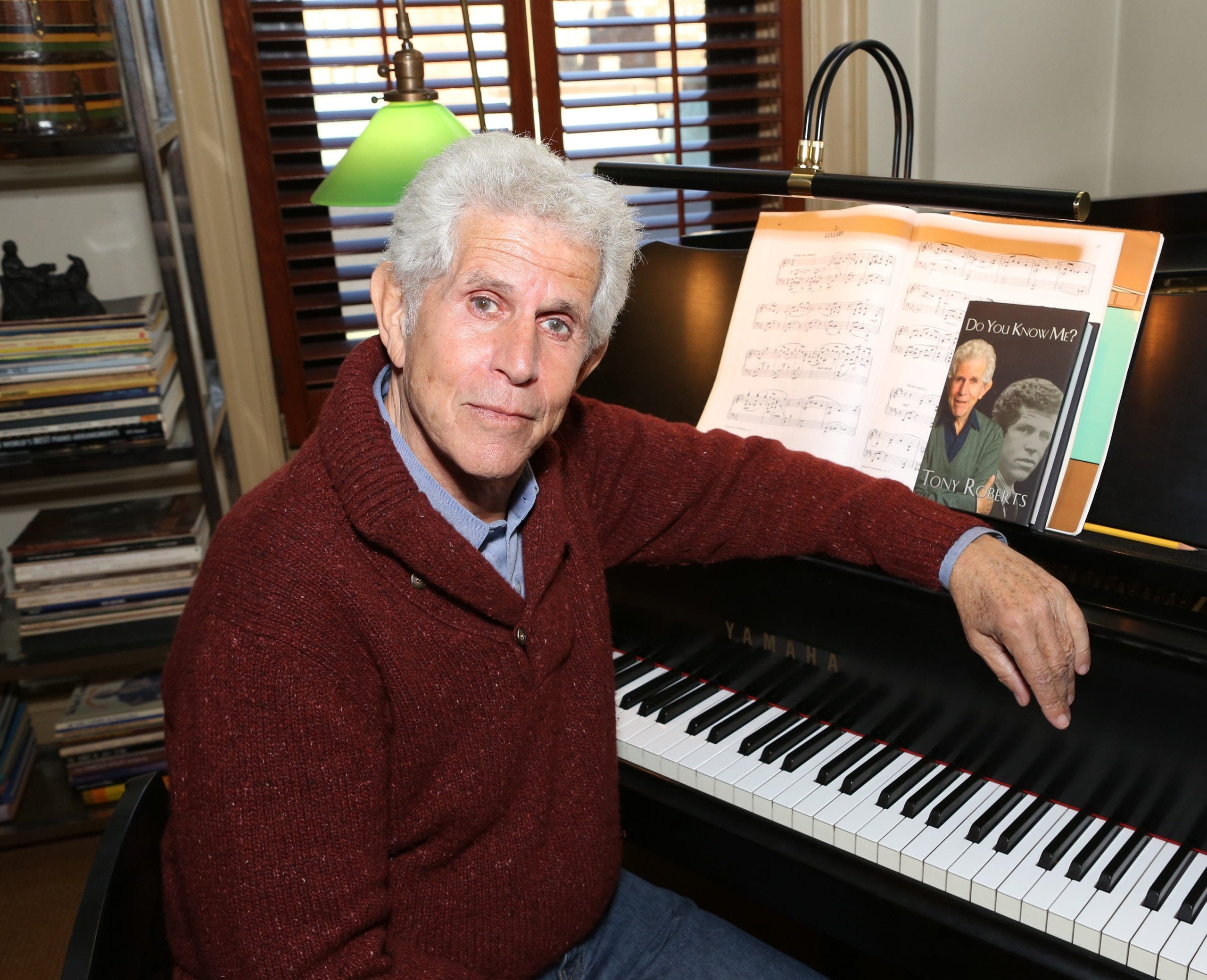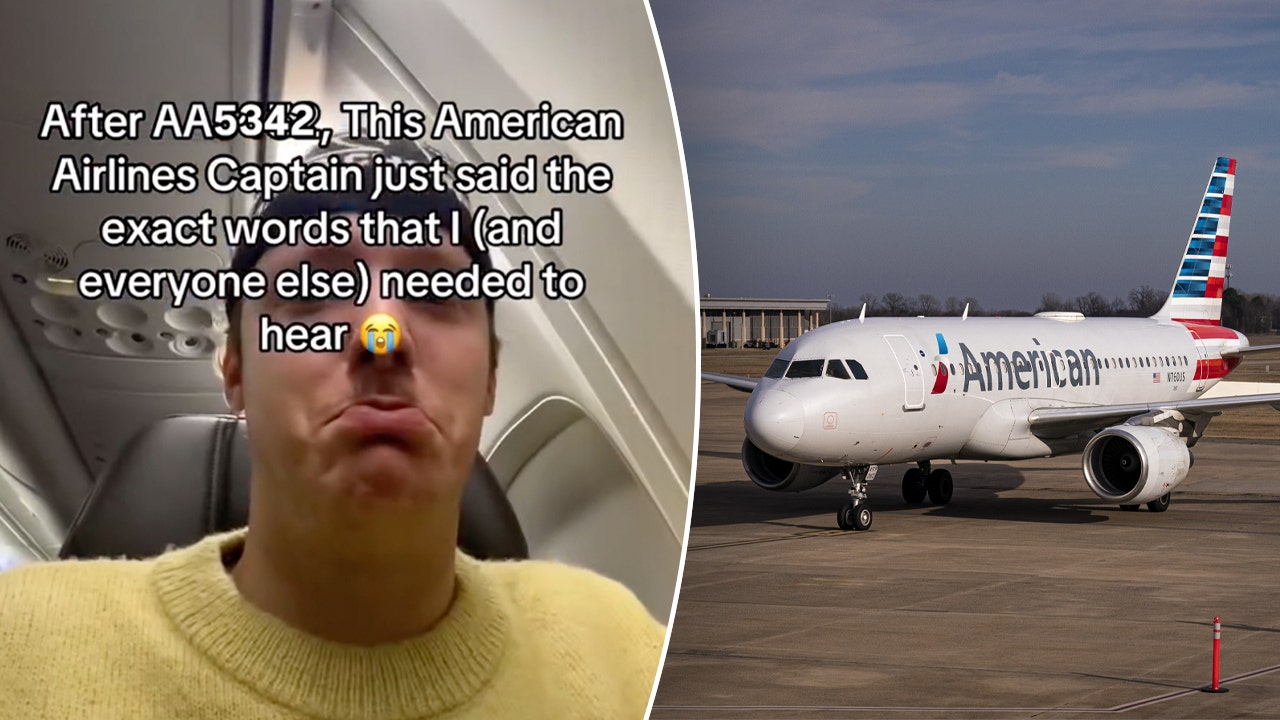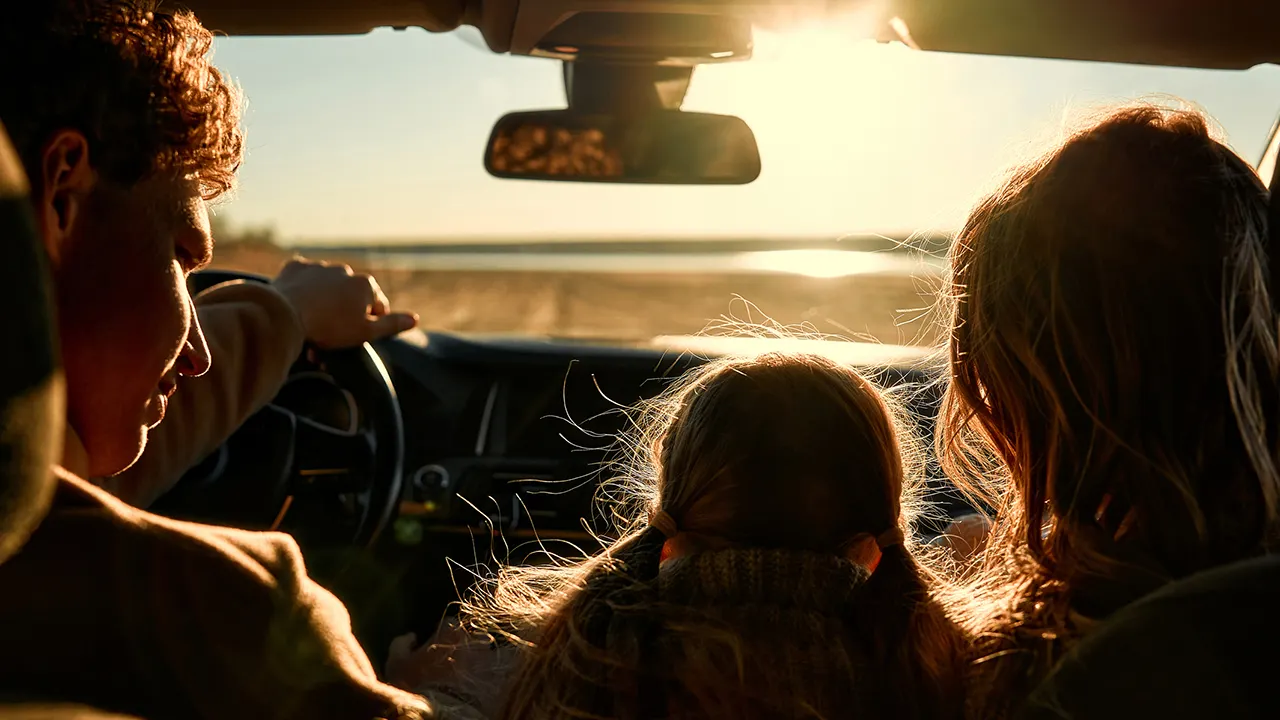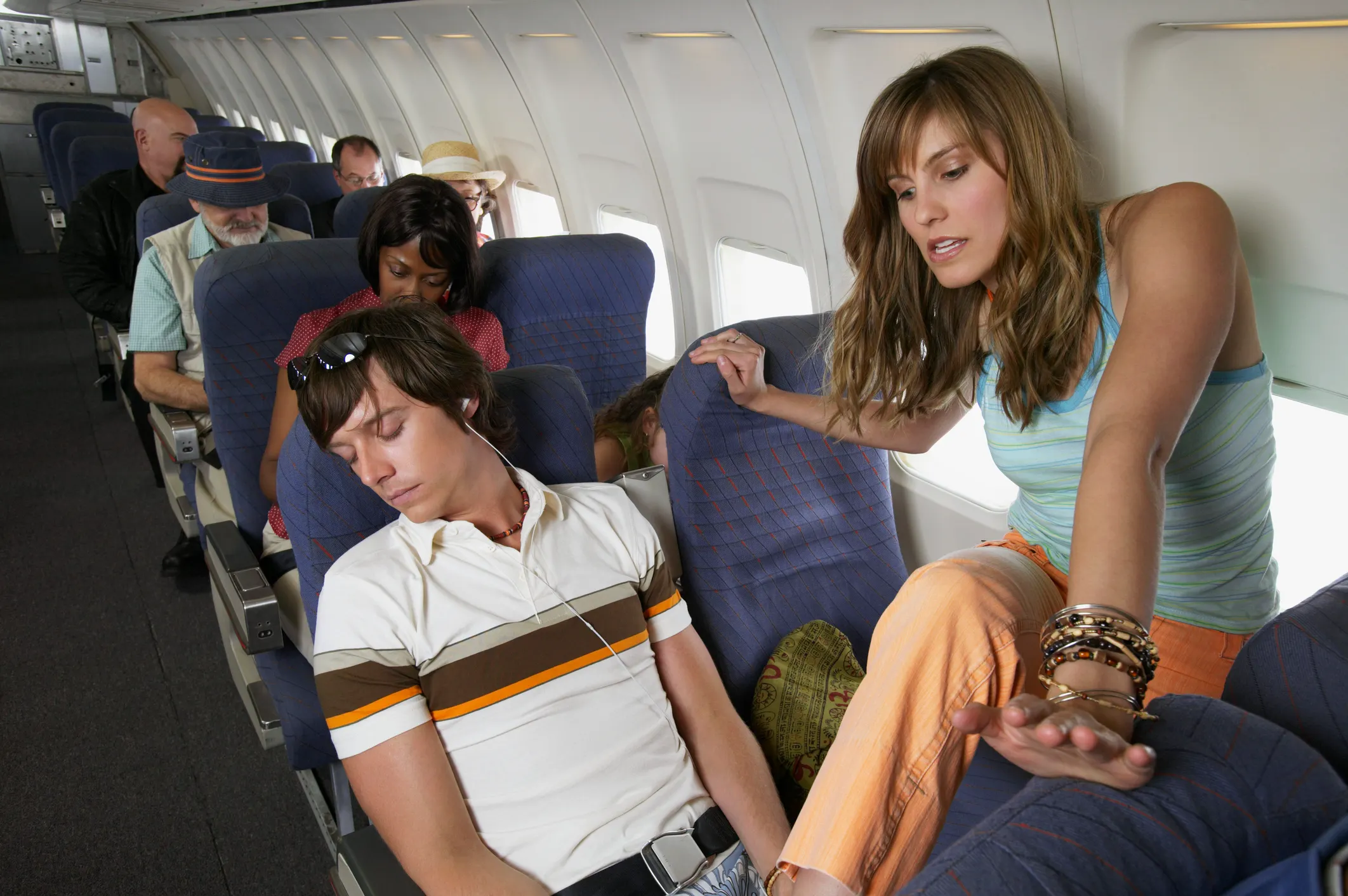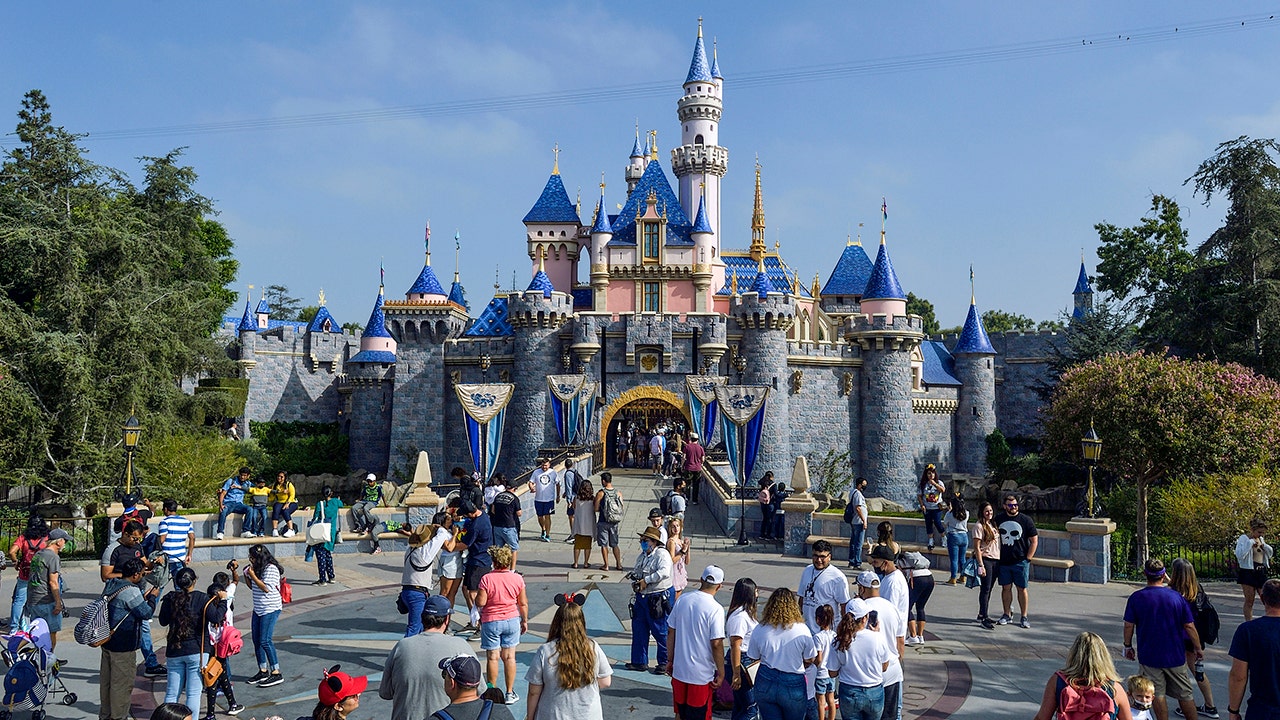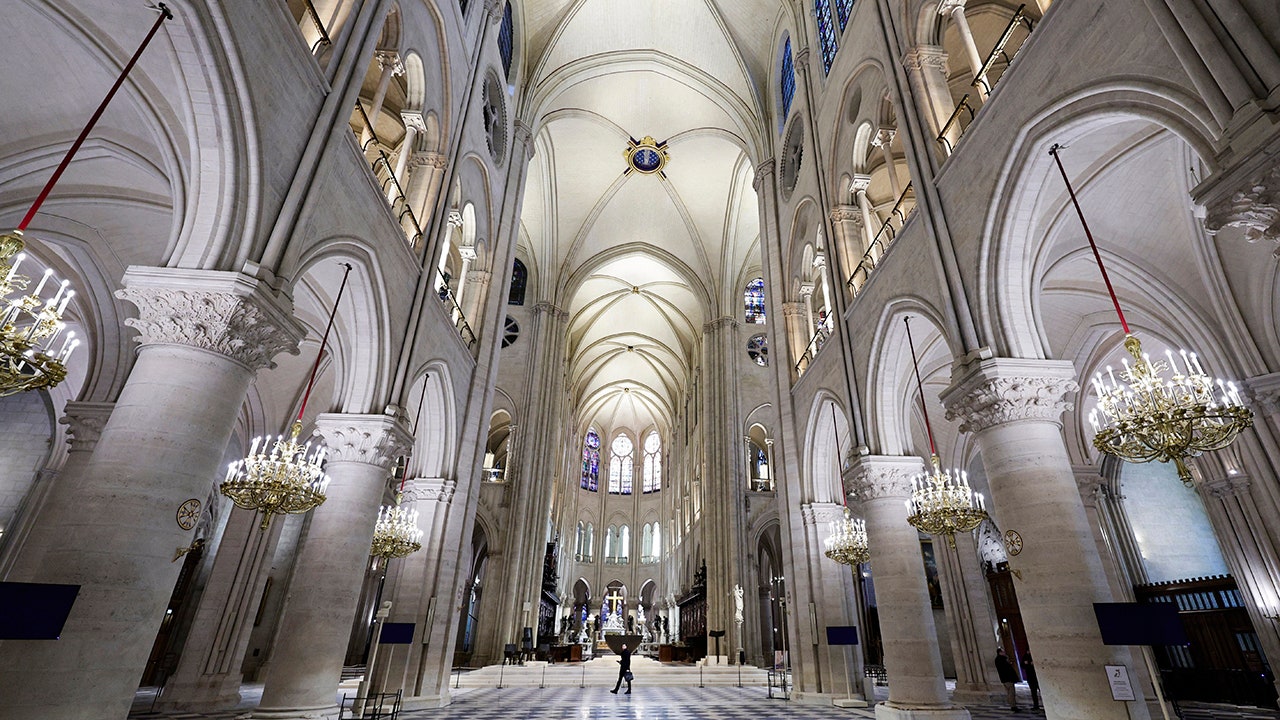Tom Cruise passed out while filming a new movie scene, and it’s as intense as it sounds.
In a recent interview with Empire, the renowned actor opened up about his latest adventure in the “Mission: Impossible” franchise—”The Final Reckoning,” hitting theaters this May.
He shared the grueling nature of some of the stunts he faced, revealing a side of filmmaking that goes beyond admiration; it delves into the raw essence of perseverance and commitment.
In a breathtaking sequence featured on the magazine’s cover, Cruise clings to a 1930s biplane soaring through the sky. Ever the daredevil, he chose to perform this death-defying feat himself.
He explained, “When you stick your face out, going over 120 to 130 miles an hour, you’re not getting oxygen.” The gravity of this statement can hardly be overstated. It speaks to the commitment an actor, an artist, must make. “So I had to train myself how to breathe. There were times I would pass out physically; I was unable to get back into the cockpit.” The thought of him pushing the limits of human endurance adds layers to his character, both on-screen and off.
Christopher McQuarrie, the mastermind behind the script and direction of this film as well as the previous three installments, reiterated the extraordinary lengths Cruise went to for this project.
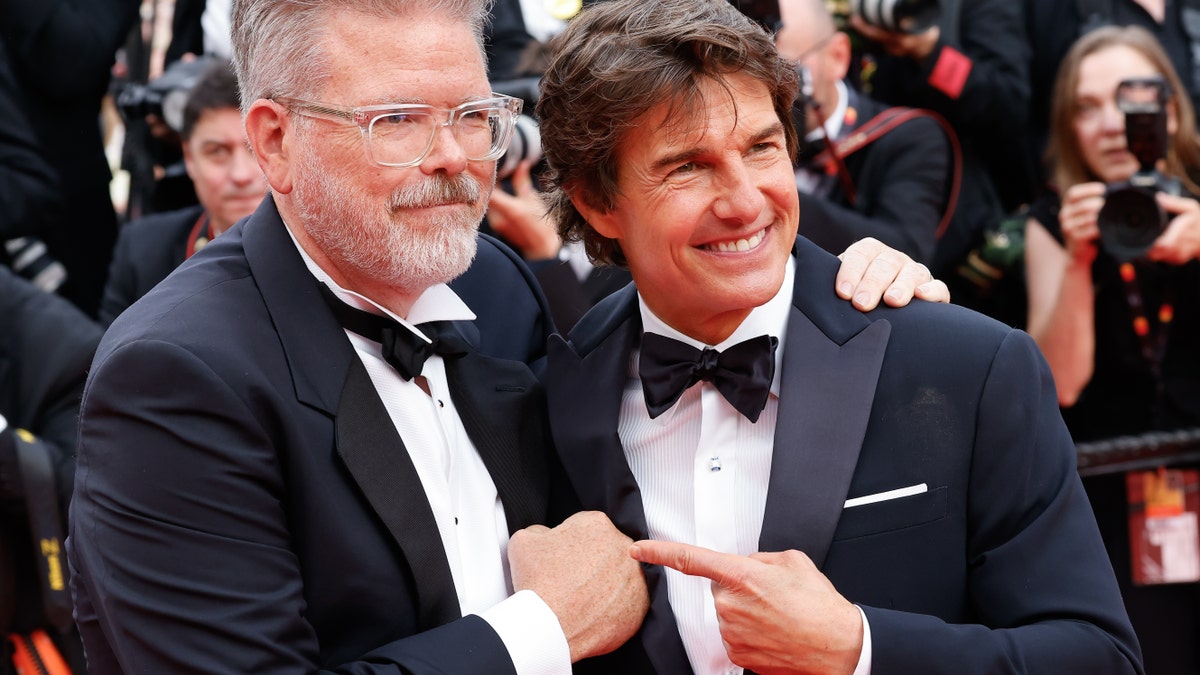
“There are stunts in this movie that will melt your brain,” McQuarrie remarked. He spoke of days spent in Africa, where Cruise consistently surpassed his prior achievements, establishing an almost mythical level of performance.
Importantly, he hinted at another dramatic moment, saying, “I truly want to puke thinking about the stress. It was intense.” That raw honesty resonates deeply, showing the mental weight that accompanies such physical exertion.
Previously, Cruise faced similar challenges while filming 2018’s “Mission: Impossible – Fallout.” The well-known HALO jump, short for “high altitude, low opening,” created a myriad of hurdles connected to his breathing.
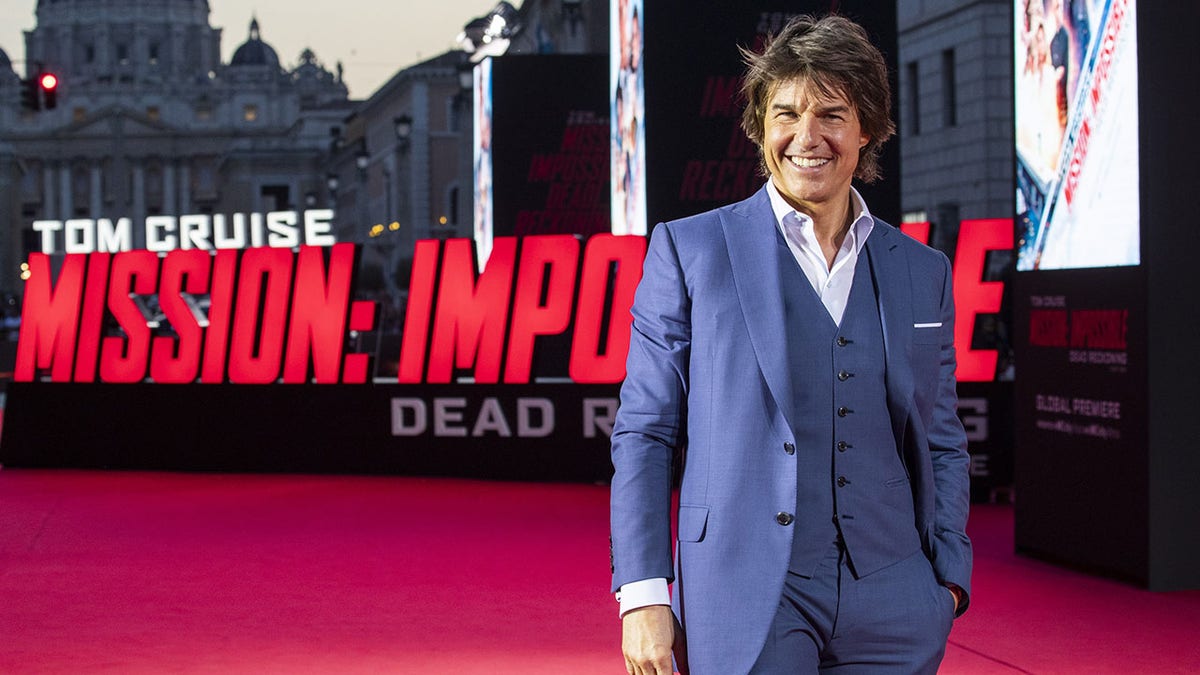
In a typical HALO jump, an individual exits a plane from 25,000 to 40,000 feet high. They freefall until about 800 feet, where they deploy their parachute. The contrast is stark; the standard jumper only ascends to 15,000 feet with a parachute release at 3,000 feet. The sheer height, combined with the dark skies, emphasizes the menacing nature of such stunts.
One potential danger was the risk of hypoxia at such altitudes. According to the Hollywood Reporter, a unique helmet was designed for Cruise, functioning both as an oxygen supply and protective shield for his face.
“The aircraft is going between these C-17s between 160 and 200 miles an hour, so at that level of turbulence, we had to find a way to exit the aircraft,” he shared during behind-the-scenes clips. “Then it was, we only got one take a day.” This brings a profound sense of urgency, mixing excitement with anxiety, knowing each take could be their only chance to get it right.
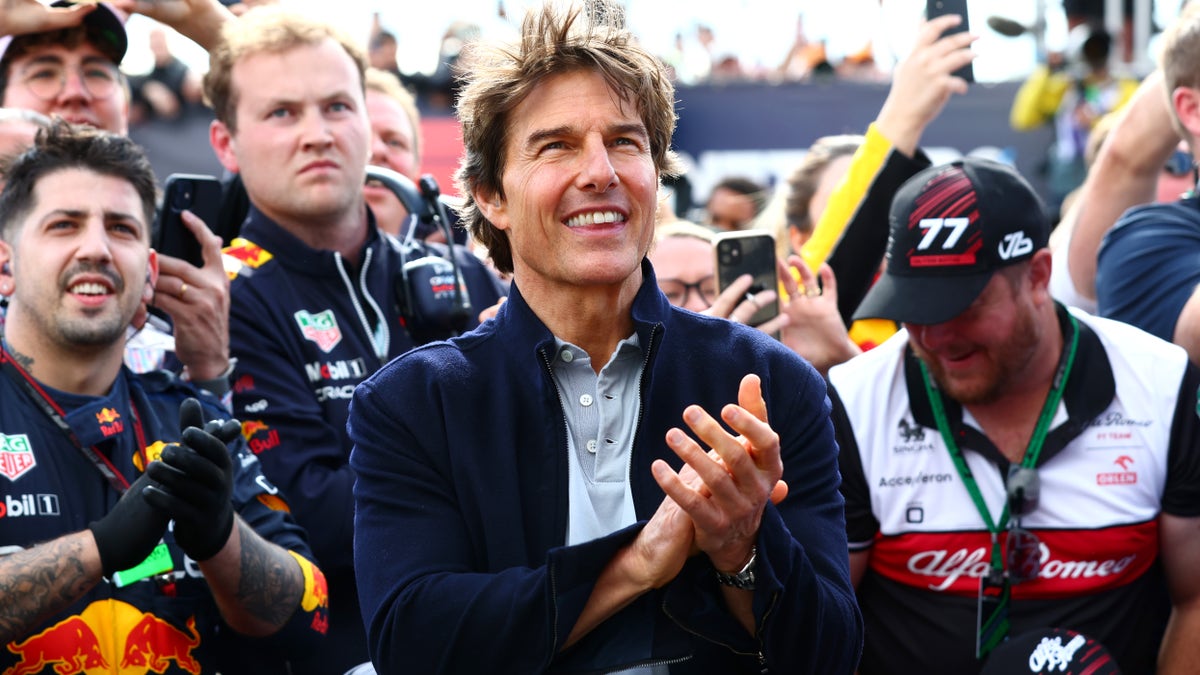
All told, they needed over 100 attempts to achieve the perfect shot. Business Insider previously highlighted the difficulty of executing this stunt in England, where initial safety concerns from the Royal Air Force could have changed everything, forcing them to jump from a lower altitude.

As stunt coordinator Allan Hewitt remarked, “Tom didn’t want to fake it – he wanted to do it for real at 25,000 feet.” His determination reflects a broader truth: art requires sacrifice. “But the producers said they weren’t going to another country. It really looked like we were going to fake it with the RAF,” a scenario that could undermine the integrity of the film.
Ultimately, they were able to secure the exact conditions they wanted after an injury halted production, allowing them to film the breathtaking stunt in Abu Dhabi, proving once again that persistence in the face of adversity is key.






